In this comment piece, Rothelowman principal, Susanne Pini, argues that the build-to-rent model makes for a much richer mix of spaces in our cities.

September 26th, 2023
Fundamentally, the life of a place grows exponentially the minute a mix of uses are present.
As an example, we know that the rates of loneliness and obesity decrease the more community connection increases. What is less agreed on is how to best ‘sow the seeds’ for community to flourish as part of a diversified urban landscape.
I often drive the long stretches of Parramatta Road and wonder whether we have forgotten, or just no longer believe in, the natural order of things that suggests there should be a clustering of uses which are beneficial and make sense. This ‘order’ was a mix of uses, all of which had their own rhythm creating a sense of community and a place
But in its stead what do we see? We see a desire for ‘activation’ which has now become synonymous with just one thing – retail; wall-to-wall shops yielding too often to wall-to-wall ‘for lease’ signs. In the right place, in the right quantum, with the right metrics, retail is an amazing activator. However, when we see it as the only way to activate or create place, we achieve the exact opposite.

New York City is not an exemplar that readily comes to mind for many, yet there are many areas in the city which settle into an organic evolution of a ‘messy’ mix of uses: four shops, three front doors to apartment complexes, a pocket park, five office buildings, one school, 10 more shops, 20 more front doors – you get the picture. This mix provides a diversity of opportunity to encounter other people and a diversity through use which creates a natural buzz, which ebbs and flows – that is true and sustainable activation.
The obsession with ticking a box by packing in shops along the ground floor of every residential and commercial building overlooks clear opportunities for economic and social sustainability. The key here is to look more broadly and holistically.
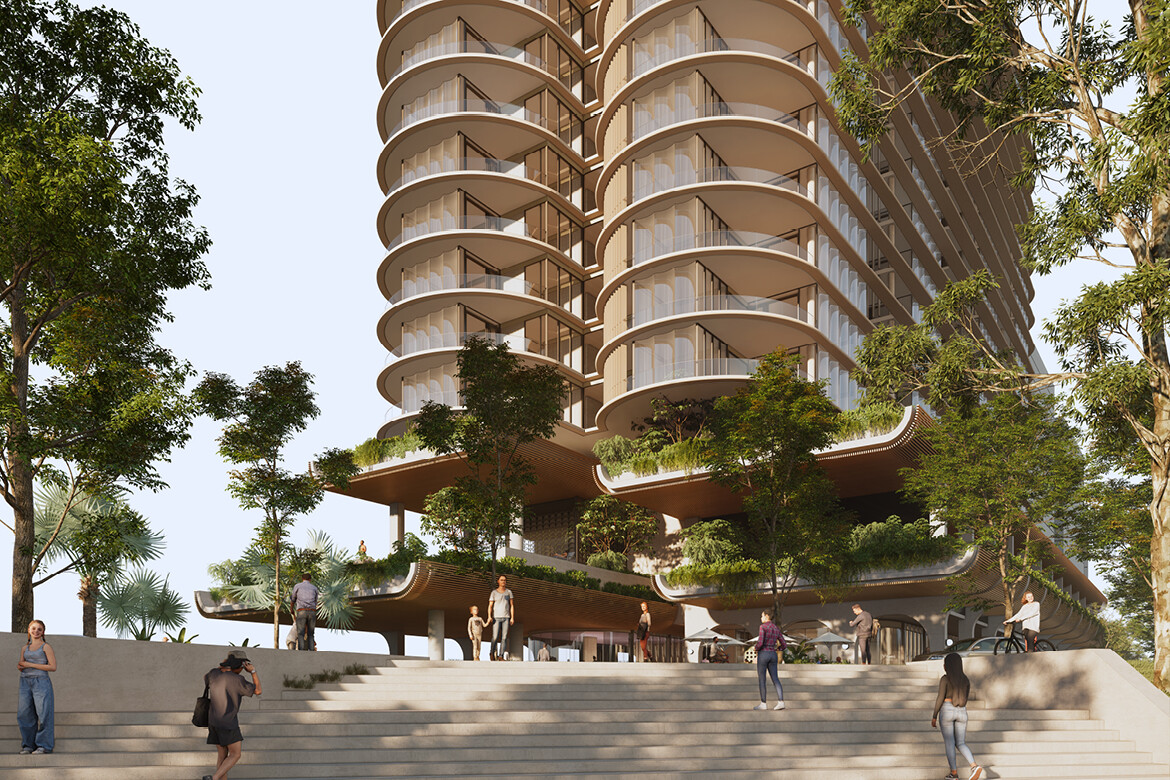
Understanding how humans connect and providing opportunity or circumstances for this to occur must become an important consideration for how we create activation. A mixed-use approach is a clear means to achieve this. Understanding that the needs, habits and routines of communities are unique is integral. Similarly, understanding that this is all framed and reframed with changing social norms and shifts in culture is equally Important. ‘Stuffing’ shops with no promise of connection or community integration into the ground floor of a residential project clearly undermines this beautiful part of human experience.
Enter the build-to-rent model, which places a much more nuanced weight to activation of urban places. By creating streetscapes and moments for their communities to come together, these spaces become an extension of people’s personal living spaces – they are seen as public living rooms, public dining rooms the new ‘town halls’.

It’s an interesting corollary to consider how countries accustomed to much denser urban environments use public space as an extension of their apartments. Not only does this provide a more efficient use of overall space but it provides places for people to meaningfully connect. These spaces move strongly away from the merely ornamental lobbies, which are largely bypassed in most developments. Privacy in lieu of connection, and convenience in lieu of community are chosen, despite the known links to adverse mental and physical health outcomes as a consequence.
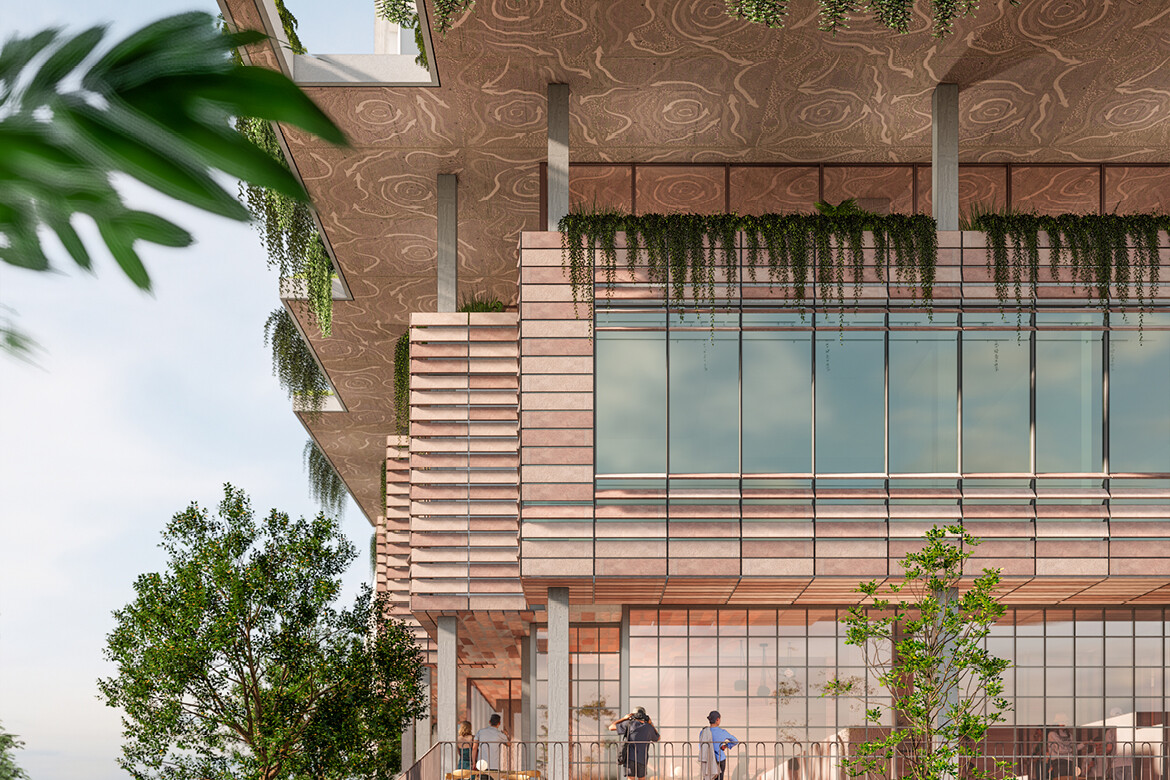
In contrast, the build-to-rent model can give rise and reason to why you would value stopping and lingering a bit longer in spaces filled with your community. Places to work, places to grab a bite, places to gather around a big communal table with last night’s leftovers!
It elevates what are the ordinary moments of everyday life, and these places are filled with opportunity to create sustainable community. It is little surprise there is a strong correlation between the number of friends people make and the tenure of their stay in build-to-rent developments; it gives real credence to the power of providing amenity which draws people together.
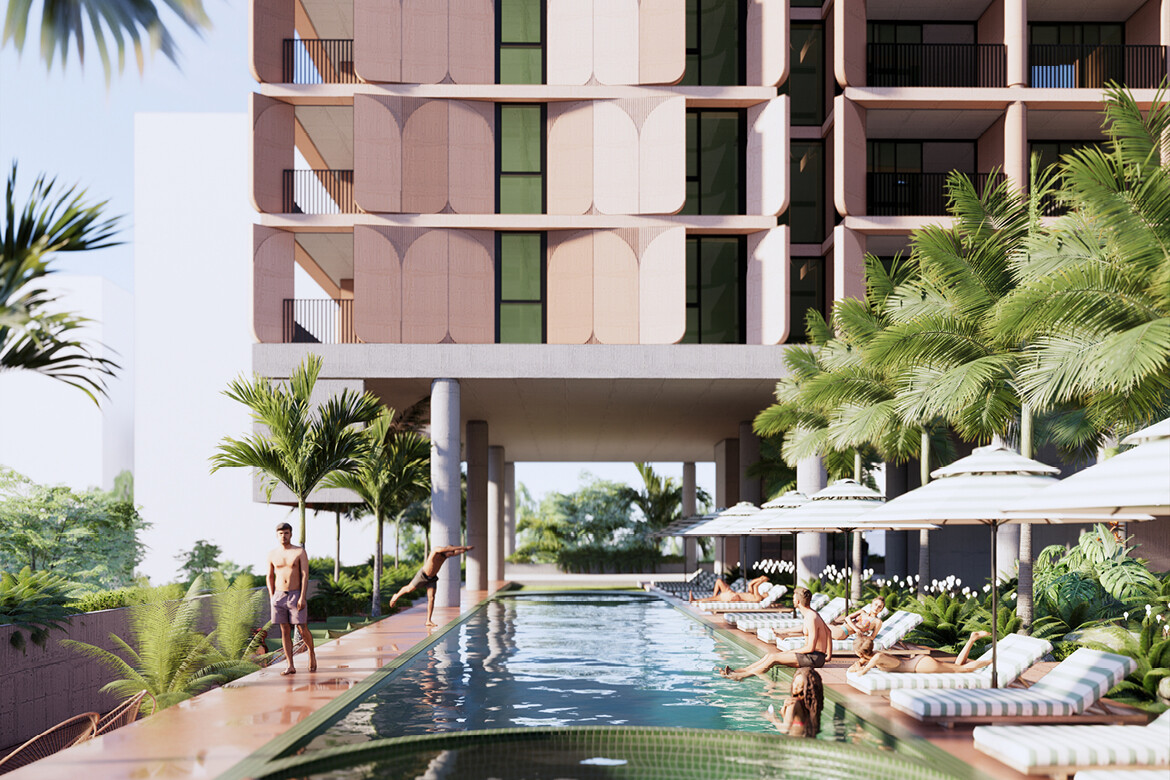
It stands to reason, therefore, that the build-to-rent model has great opportunity to be an inherently social model and this makes it not only a great place to live but a great place-maker. Life looks different moving forward. Already our appetite to see our lives as separate parts has radically changed and how we create places needs to mirror this.
We live in times of the ‘great blur’ – where work, live and play merge – and build-to-rent innately understands this in a way that other forms have not.
Ultimately, we must consider how we can create authentically activated places where people are inspired to connect.
Rothelowman
rothelowman.com.au
Images
Build-to-rent designs across Australia courtesy of Rothelowman

We think you might also like this story on Babylon by Rothelowman.
INDESIGN is on instagram
Follow @indesignlive
A searchable and comprehensive guide for specifying leading products and their suppliers
Keep up to date with the latest and greatest from our industry BFF's!

A longstanding partnership turns a historic city into a hub for emerging talent

A curated exhibition in Frederiksstaden captures the spirit of Australian design

For Aidan Mawhinney, the secret ingredient to Living Edge’s success “comes down to people, product and place.” As the brand celebrates a significant 25-year milestone, it’s that commitment to authentic, sustainable design – and the people behind it all – that continues to anchor its legacy.

London-based design duo Raw Edges have joined forces with Established & Sons and Tongue & Groove to introduce Wall to Wall – a hand-stained, “living collection” that transforms parquet flooring into a canvas of colour, pattern, and possibility.

David Gole, principal at leading climate-resilient design practice JDA Co., comments on the intersection between heritage and climate in architecture.
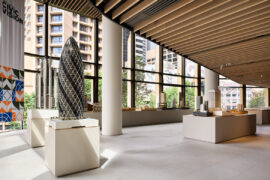
Civic Vision, a major exhibition showcasing the global work of Foster + Partners, has officially opened in Sydney.
The internet never sleeps! Here's the stuff you might have missed
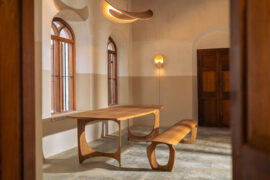
From Australian architects to Spanish and Indian designers, Design Mumbai 2025 expands its international reach — proving India’s growing role on the global design stage.
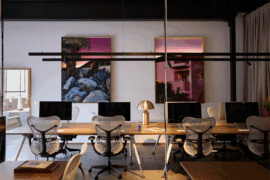
With a minimalist aesthetic and an inventive approach to product, ZETR is challenging the way electrical accessories are designed, made and experienced.